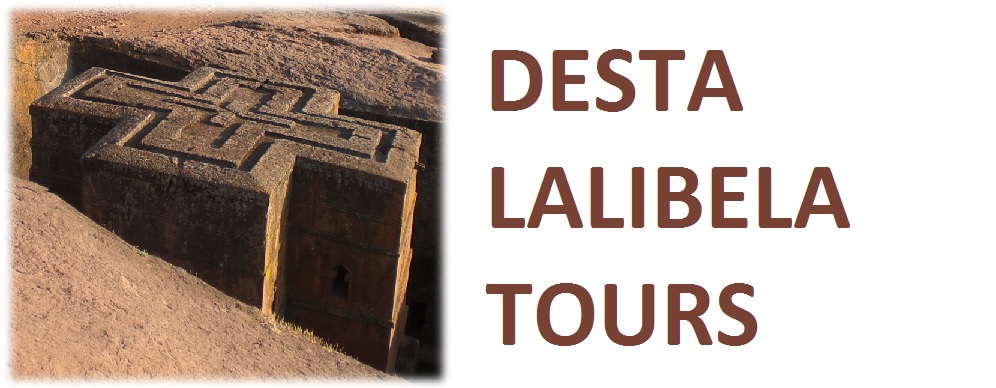Church of St. George (Bete Giyorgis)
CULTURAL ATTRACTIONS
With over 80 distinct and fascinating ethnic groups, Ethiopia provides a mix of cultures and traditions that ranges between the modern and sophisticated lives of the cities to the most untouched and authentic African tribes of the remote parts of South Western Ethiopia.
A strong religious setting, a tradition going 3000 years back to the days of the Axum Kingdom, celebrations and festivals that are part of Ethiopians’ daily lives, all provide a unique opportunity for travelers who want to get a feel of what it is like to live in such a diverse cultural setting, yet keeping a balance between tradition and modernisation.
Church ceremonies are major parts of Ethiopian life. Among the many highly celebrated church festivals Ethiopian New Year, Finding of the True Cross, Ethiopian Christmas and Epiphany are included in the “not to be missed” list of many festival attendees. Ethiopia's Islamic tradition also provides colorful events, particularly in the Eastern and South-Eastern parts of the country.
Traditional dining, one aspect of the Ethiopian customs, follows certain rules and rituals that signifies sharing, bonds of loyalty and friendship. The traditional way of eating Ethiopian foods is with fingers. Injera, a fermented pancake, is placed on the plate with variety of sauces and dishes around it.
Travelers also get fascinated with Ethiopian traditional dances that vary as the ethnic groups themselves. Many of the tribes use distinct musical instruments that are unique to the respective cultures and traditions. Participating in these traditional dances and plays has always been a fun for foreign tourists and quite a physical exercise as well!
ARCHEOLOGICAL ATTRACTIONS
Ethiopia is home to the earliest known humankind. 40% of the skeleton of one of our (Homo Sapiens) oldest ancestors Australopithecus Aphaeresis was discovered in the Afar Region in 1974.
Anthropologists have established that the skeleton belonged to a twenty-year-old female that lived 3.5 million years ago. Hadar, the site of the discovery, situated 160 kilometers North East of Addis Ababa was registered by the United Nations Education, Science, and Culture Organization (UNESCO) as a World Heritage. This Skeleton, popularly known as Lucy or Dinkinesh (meaning 'you are astounding' in Amharic), completed the missing link between apes and men – paving the way for the search of human origins.
Further, the earliest known hominid, a 4.4 million-year-old Ardipithecus Ramidus was discovered in the Middle Awash in 1992. Also included in the recent discoveries is Australopithecus Garhi, a 2.5 million-year-old Hominid.
Garhi means 'surprise' in the Afar language – a language spoken in the internationally acclaimed archeological site. Bones from antelopes and horses were found 278 meters from the site of the Garhi skull fragments at the same layer of sediment. The bones show unmistakable gashes left by stone tools: the animals were butchered, the meat cut away, and the bones hammered open to extract marrow. This is by far the earliest proof of tool-based butchery and may well provide the evolutionary driver that led to big-brained humans.




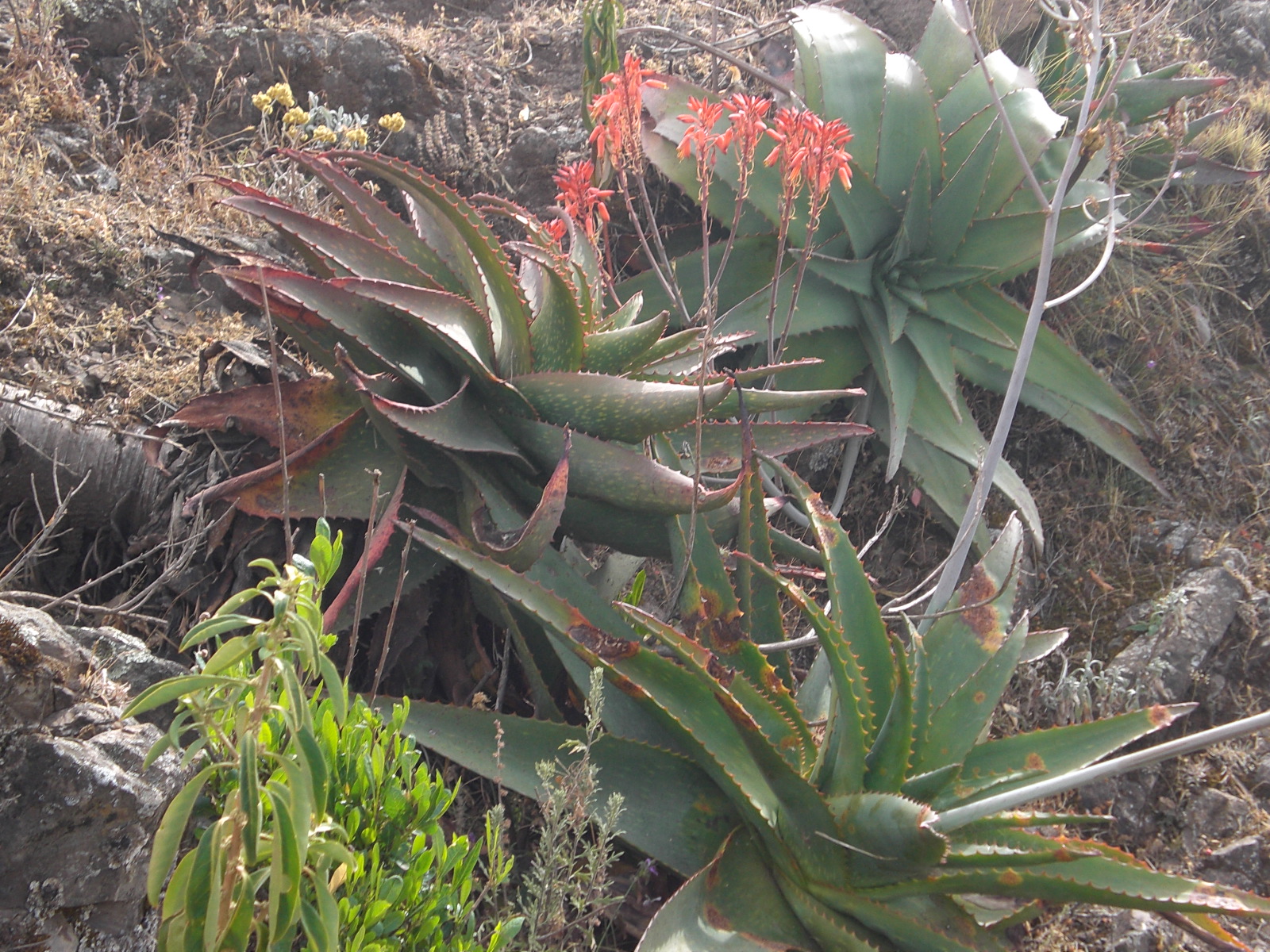
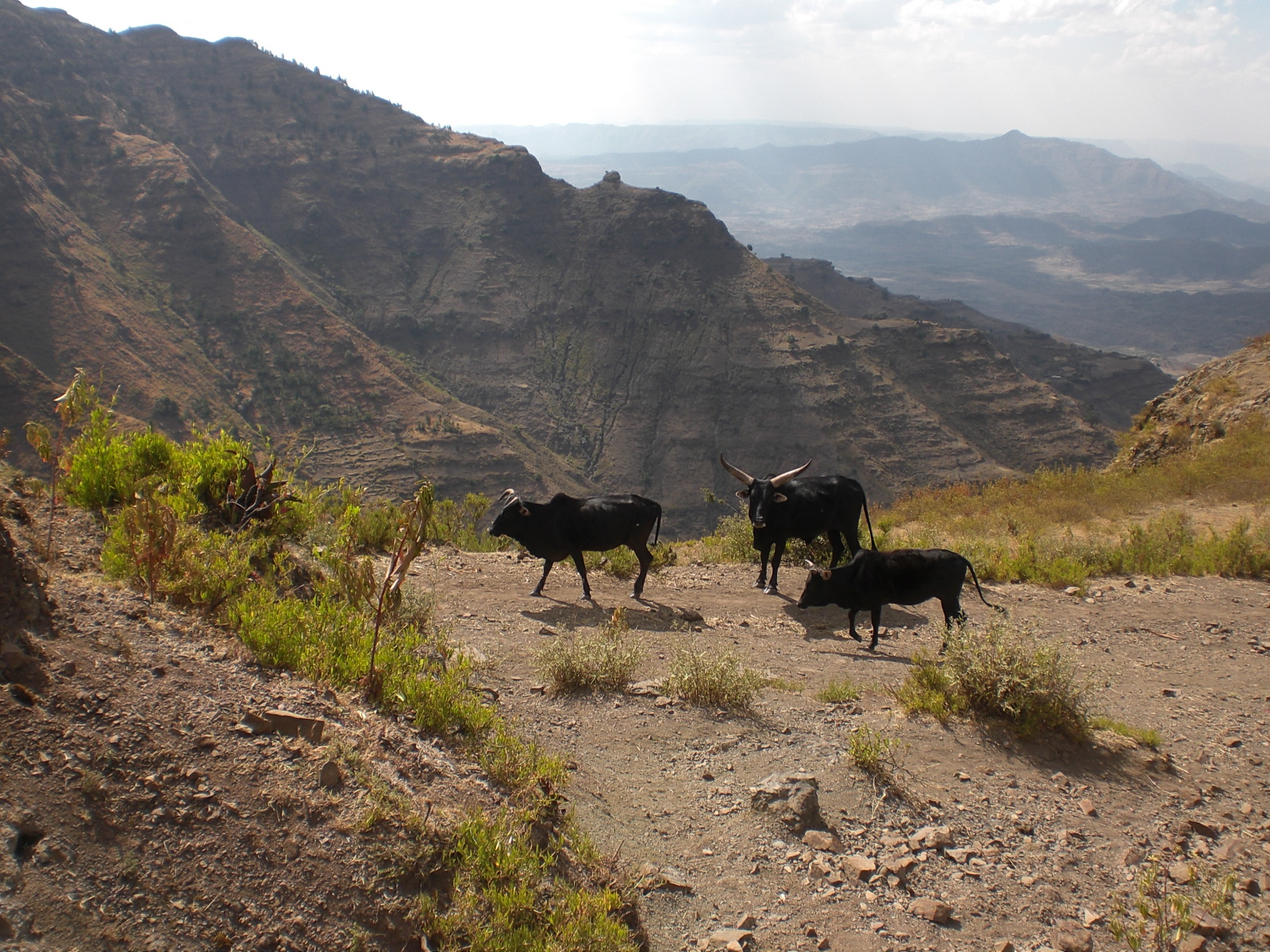
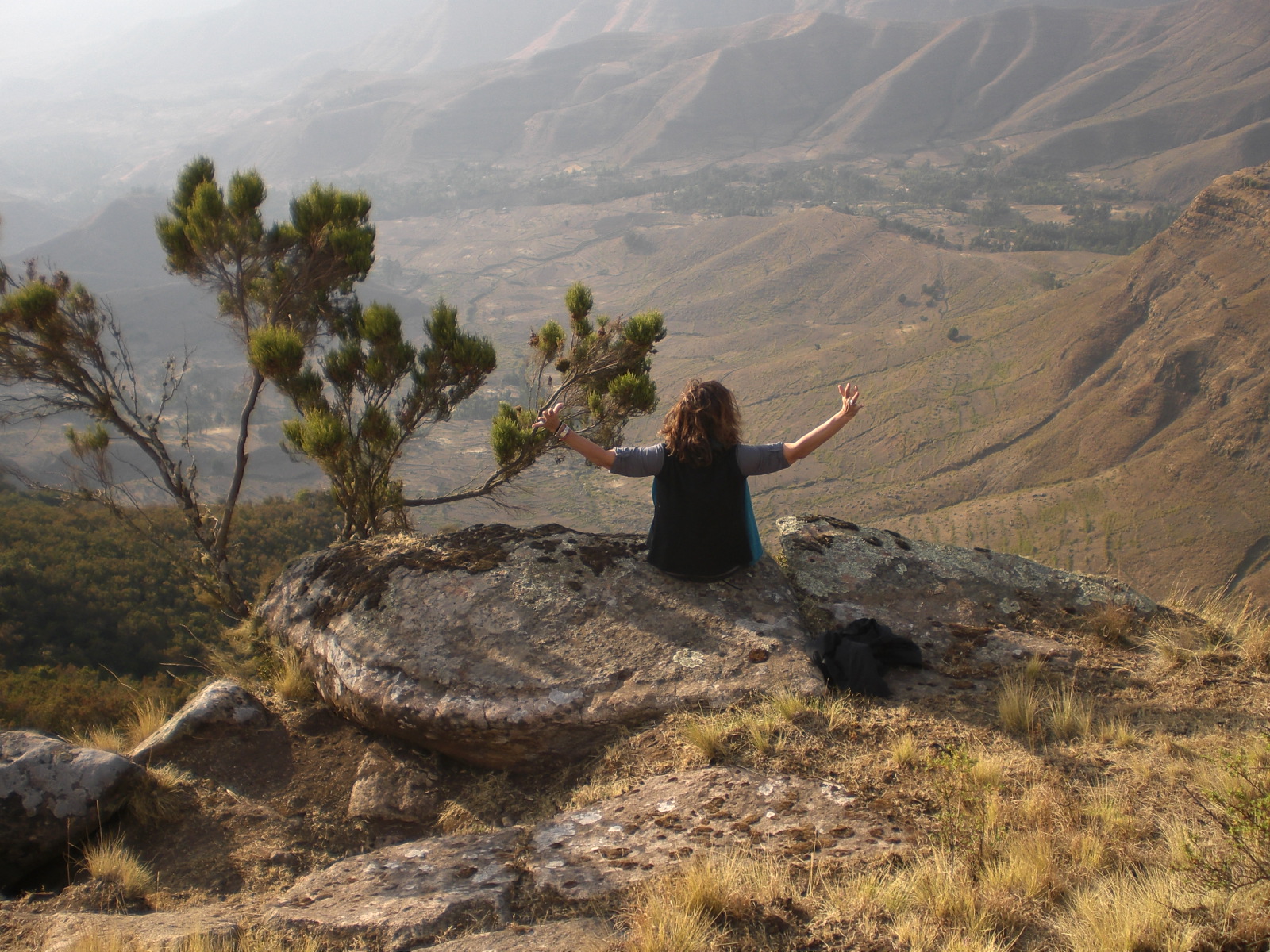
NATURAL ATTRACTIONS
From the tops of the rugged Simien Mountains rising 4500 metres to the depths of the Danakil Depression going 120 metres below sea level, Ethiopia provides a natural contrast of breath taking sceneries and astonishing variety of landscapes: Afro-Alpine highlands soaring to around 4300 metres, moors and mountains, the splendor of the Great Rift Valley, white-water rivers, Savannah teeming with game, giant waterfalls, dense and lush jungle.
Locally known as Tississat, meaning 'water that smokes', the Blue Nile Falls presents a spectacular water fall with an intense gash from more than forty-five metres (150feet) peak. Going north from the Blue Nile falls is the Tana Lake, the source of the Blue Nile and is the largest lake in Ethiopia. The Simien Mountain in the Northern massifs is an ideal destination for relaxation and trekking. As vast as the country is, Ethiopia provides breath taking natural sceneries and activities ranging from trekking in the mountains to riding camels in the Danikel Deserts, the second lowest dry land on earth.




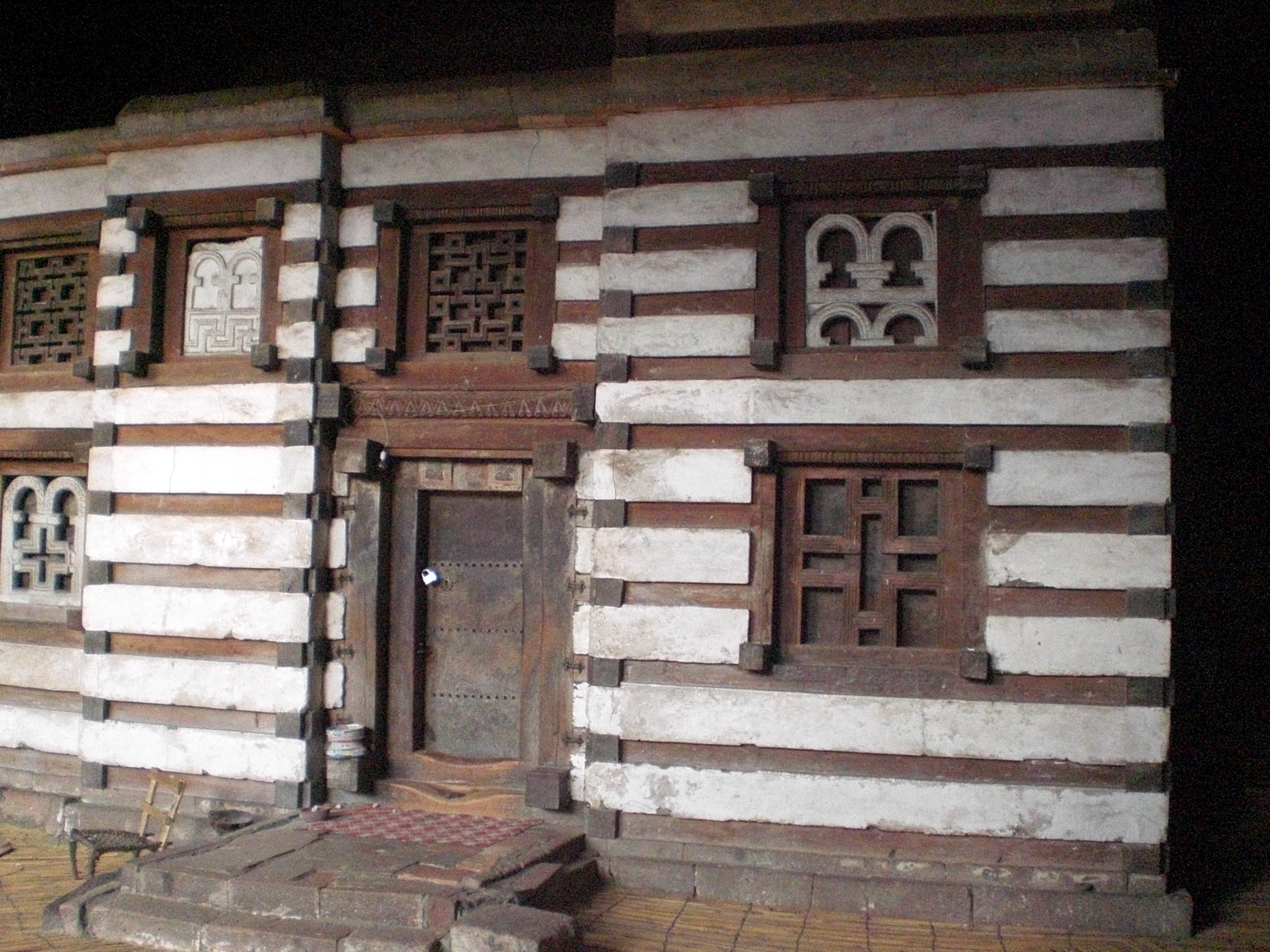
HISTORICAL ATTRACTIONS
Ethiopia, the oldest independent nation in Africa, has a proud and long history dating back to the first century AD. Passing through magnificent sceneries of the Ethiopian highlands, a visitor gets amazed with the rich historical treasures of the country that dates back 3000 years to the Axumite Kingdom that used to dominate the vital crossroads of Africa and Asia for almost a thousand years.
Axum also holds the Church of St Mary of Zion , the first Christian church to get built in the whole Africa . The church is also believed to hold the original Ark of the Covenant.
Going South from the city of Axum is Lalibela – also sometimes called the 8th wonder of the world. Lalibela is also considered the second Jerusalem, and is is a place of 11 rock hewn churches carved out of solid rock.
Gondar, famous for its dome shaped architectural sophistication is the only imperial castle found in Africa. In fact all kings of that era built their castles in the same compound make Gondar unique in the world.
Harar, a walled city in the eastern part of the country, is also the fourth sacred place in the Muslim religion next to Mecca, Medina and Jerusalem. The Harar enclosure (Harar Jugol) has been included in the World Heritage List by UNESCO in recognition of its cultural heritage
